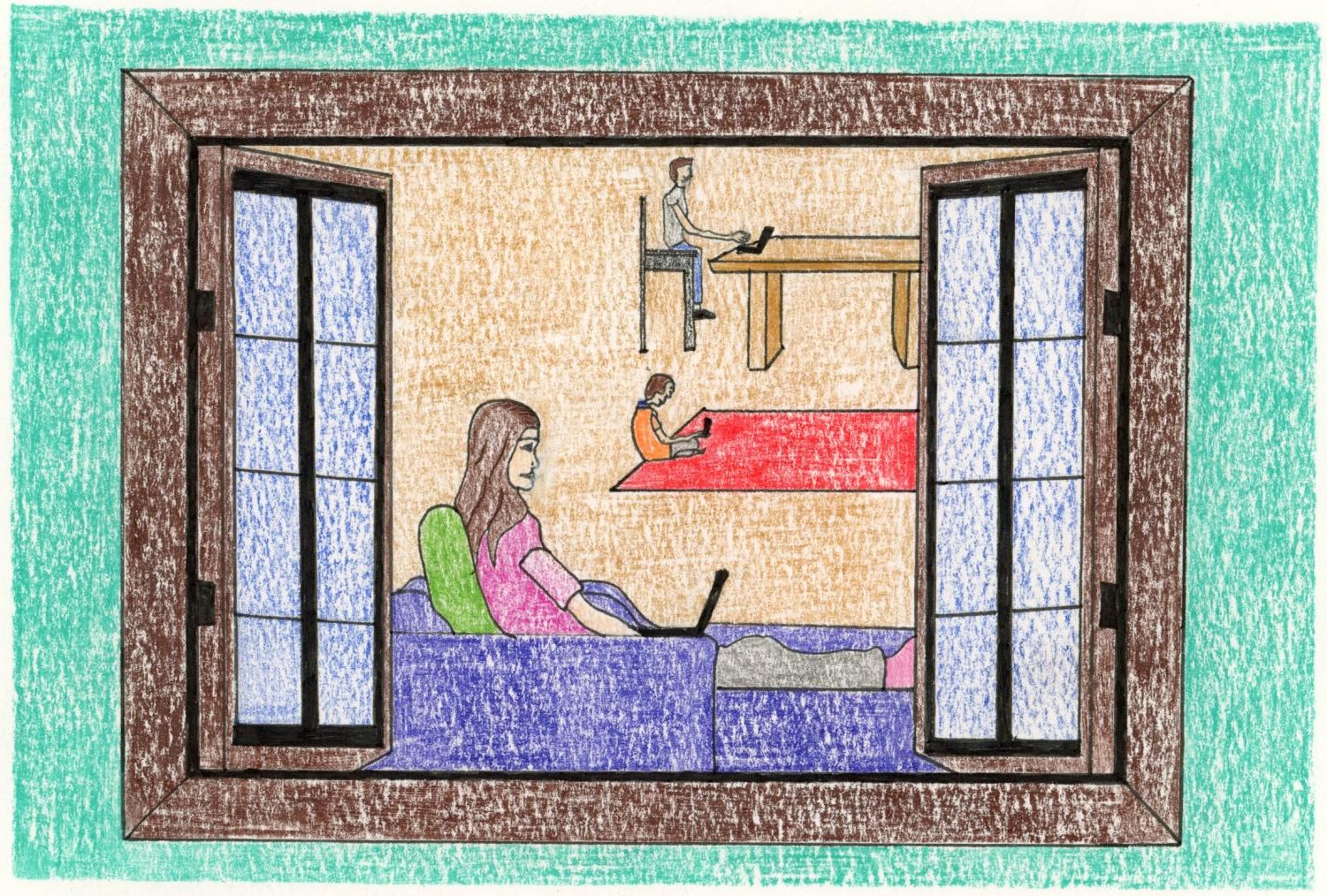
E-learning is a concept that has gone from a fantasy to living in infamy among students. In the years between 2017-2019, Millard Public Schools began to roll out personal technology for every student in the district. Elementary school students received iPads and middle and high school students received laptops in an aim to allow for an increased level of at-home e-learning. In the 2018-2019 school year, Millard announced that with every student now having a personal device, there will now be e-learning days rather than snow days.
This plan to allow for students to do school work from home utilizing their devices and google classroom, predated the COVID pandemic by almost a year and allowed the district to easily transition when COVID did hit. Unfortunately, while e-learning days started as a way to keep students on track during snow days, COVID proved that there is not much to gain from e-learning.
COVID may have passed, but snow days still remain. The policy of having e-learning days rather than typical snow days seems to be staying in place, but our new superintendent Dr. Schwartz has left some room for debate.
“I do not intend at this time to change that practice(e-learning days), but rather to assess what does an e-learning day look like and feel like? What’s the value added? What’s the cost benefit otherwise?” said Dr. Schwartz.
If the cost of an e-learning day is a loss in valuable class time, what would the benefit be? One potential benefit of having an e-learning day would be gaining instructional hours without operating within a building. According to the Nebraska Department of Education, 1080 instructional hours are required for high schools. That equates to 144 full 7.5 hour school days. Millard Public Schools far surpasses that requirement with at most 178 days this year and roughly 175 every year. With about a one month gap between the required amount of time and Millard’s planned time, making up for lost hours feels unnecessary.
But then there must be a reason why we have focused on making up for hours lost to snow days. In the past, when the state would allot funding for every school district in the state, part of the formula was extra money for extra school hours. However, the most recent formula makes no mention of state aid based off of school instructional hours. This further proves the point that making up hours via e-learning days serves limited purposes.
If any, the sole purpose of an e-learning day would be to bridge the gap in learning created by a snow day. When inclement weather that cancels school falls in the middle of a week, it is more reasonable to have an e-learning day in order to keep the week from being disrupted. However, when inclement weather falls on a Monday or Friday, the benefits are nearly nonexistent. With a new superintendent, these policies are subject to change in the future. If any policy changes, giving students at least one full snow day a year or snow days when the land on the beginning or ending of weeks should be the first.








